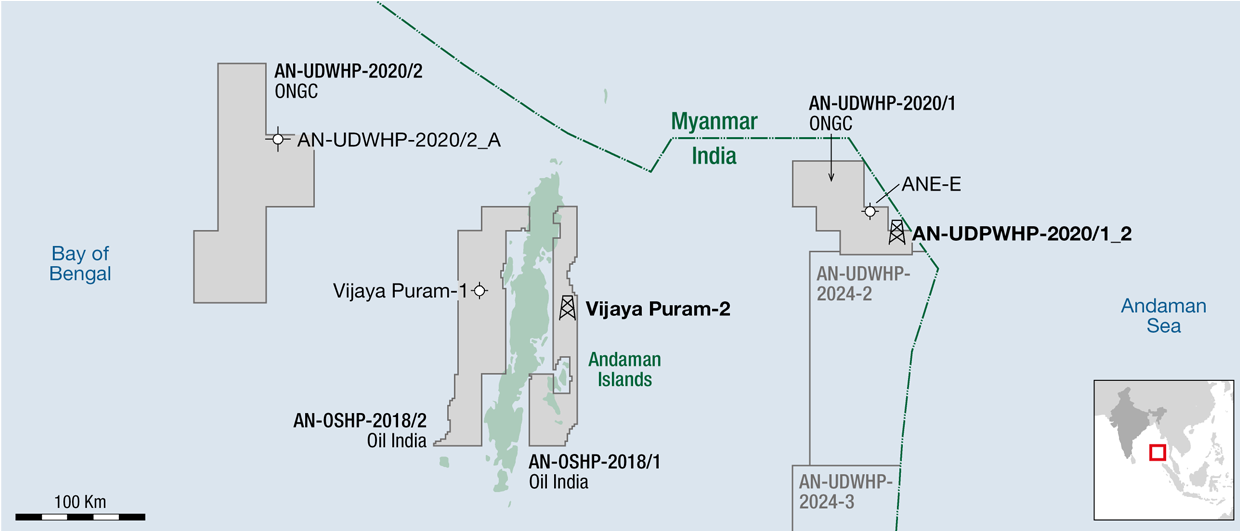When looking at activities when it comes to the development of deep-sea mining technology and the licensing aspects of it, it is easy to be drawn to the news around the Pacific Ocean, where the Clarion-Clipperton zone is receiving a lot of interest, as well as Norway, where the first deep-sea minerals licensing round opened up this year. However, countries like Japan and also India are actively working to harvest metals from the deep sea. Here, we look at the program currently being developed in India, which is mostly based on an article that appeared in The Hindu in October last year.
India’s efforts to explore and exploit the deep seas form part of the Deep Ocean Mission, which is a five-year program launched in 2021. As part of this, both unmanned and manned missions to the bottom of the deep sea have been planned and been carried out.
In 2022, India’s underwater vehicle called “Varaha” was used to harvest polymetallic nodules, potentially providing a source for copper, manganese, nickel and cobalt, from a record depth of 5,270 m. Situated in the Indian Ocean, it travelled a distance of 120 m during a timespan of 2.5 hours. It operated with a flexible riser technique: The vehicle was lowered to the ocean floor from a vessel using a high-strength flexible cord system. Once in position, a pressure pump sucked up the polymetallic nodules and transported them to the surface.
WHERE CAN DEEP-SEA MINERALS BE FOUND IN THE INDIAN OCEAN?
Deep-sea minerals are mostly associated with nodules, which form on abyssal plains only in areas where sedimentation rates are very slow, crusts forming on seamounts by the precipitation of colloidal components from seawater or sulfide vents that mainly occur at ocean spreading ridges. All three types are present in the Indian Ocean. At the same time, recent studies have also shown that pelagic muds may contain significant amounts of rare earth elements, as research carried out around Hawaii and Japan has demonstrated.
The next step in the journey towards getting the nodules to surface on a larger scale is to crush them at depth and pump a slurry upward through the riser. As the article in The Hindu describes, a challenge with this system is to supply the power to the system at depth.
Rather than only using unmanned vehicles, India is also building the Matsya6000, a deep-ocean submersible designed to accommodate a crew of three members capable of going to a depth of 6,000 m. This vehicle will be used to carry out further research into the deep-sea environment. The Matsya6000 submersible has an operational endurance of 12 hours, which is extendable to 96 hours in the event of an emergency. The first journey to 6,000 m is expected to occur in the next two years.




